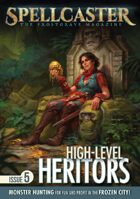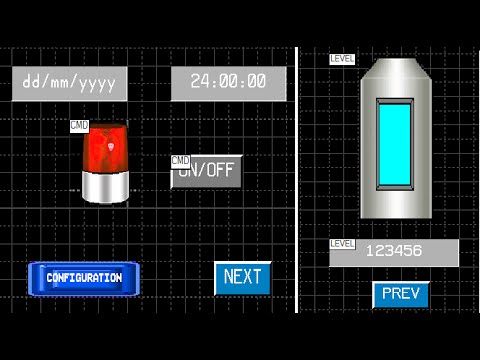

To her credit, the add-on character brings a couple of English words to the theming party: Wolfhawk. These are similarly babytalkish: Norowas, Tovak, Arythea. Oh, and you’ll note on the character cards where you put your mana crystals, the characters have names that don’t appear anywhere else. The add-on introduces something or other “Delphana”. There’s also some sort of “Amotep” thing. The words “Utem” and “Altem”, for instance. These are cards with decent enough artwork, and if you dig through them, you might find something that looks suspiciously like world-building.

Oddly enough, the best theming isn’t in the players’ characters or the monsters they fight or even their spells or powers. The really awesome spells have to use smaller fonts so they can cram all that text on there. The spells, which are supposed to represent awesome powers made even more awesome during the night, are just text crammed onto a card.

You’re most likely to get a wall of text. At best, you get a small splash of artwork. This will be the case for pretty much everything you encounter in Mage Knight. That was hardly worth the effort of looking through the little pictures for the right set of numbers. Okay, let’s see, defense 7, attack 3, fame 3. Oh, look, I just encountered a fortified defense of 7 with an attack of 3 that’s worth 3 fame if I defeat it! Is it an elf? An orc? A High Nilfgaardian Berserker Chieftain? I suppose I could check the back of the rules where the monster chits have names. The monsters you fight are similarly a handful of unadorned stats. Why is this called “I Don’t Give A Damn!”? What is it implying about this particular character? I couldn’t tell you. One of the characters has a skill called “I Don’t Give A Damn!” It adds an extra point to a card played sideways for its generic +1 boost to another card. (Although the unique abilities and spells are given descriptive enough names, I have no idea what’s going on with some of the character skills. Each character is just an assortment of stuff that any other character might as well have. Being a lizard? It doesn’t count for anything. With the exception of the single slightly more powerful card, the green flying lizard dude is no different from any of the other characters. But Mage Knight has decided that every character can use every other character’s skills. You might think each character’s stack of 10 unique-ish skill chits would distinguish them. The same deck of spells, unique abilities, and followers. But they get more powerful by drawing from the same wells. Naturally, as you play and the characters level up, they get more powerful. Now they’re each distinguished by two of their 16 cards! You can buy an add-on that doubles the number of unique cards in each character’s deck. Each deck consists of the same 16 cards, but for each character, one of the cards is slightly more powerful than its counterpart in the other characters’ decks. Other than the pointless toy that represents the character, they’re distinguished by a single card. In another game, you’ll play one of the guys who’s not the green flying lizard dude. You know he’s the green flying lizard dude because he uses the green lizard figure with wings. In one game, you’ll play the green flying lizard dude. Whatever the case, for a game with all sorts of Ameritrashy bits, Mage Knight can hardly be arsed to come up with any theme.Ĭonsider the characters. Euros are all theme and Ameritrash is all mechanics. You hear it all the time: theme and mechanics, theme and mechanics, theme and mechanics. You know that whole boardgame concept of theme and mechanics? Of course you do. Mechanics and…uh, what’s that other thing? Imagine a scoreboard for a baseball game without room to tell you what inning it is. Is it the fourth day or the sixth day? Who knows? Bring a piece of paper or something to note this, because Mage Knight can’t be bothered. Many of the scenarios are on a clock, but there is nothing in the game that marks how many rounds you’ve played. What a terrible place to find yourself in a game that’s essentially a race.įurthermore, there is no provision for actually tracking the time limit. Here’s your mighty mage knight, sitting outside a castle, armed to the teeth but unable to budge. You might have a great hand of attack cards, but no way to actually move into the hex you need to attack. Yet you’re often left in a position where you have very few choices and all of them are terrible. It is a vicious exercise in maximizing efficiency. Mage Knight is a ruthlessly time limited game, where the single most important factor is how much time you have. But I can think of at least ten reasons Mage Knight is terrible, so it takes the prize as worst boardgame of all time. I can only think of nine reasons Monopoly is terrible.


 0 kommentar(er)
0 kommentar(er)
